The Symphonium Audio Mirage and Aurora are two brand new balanced armature monitors from this new Singaporean company priced at $179 and $249 each.
Disclaimer: The Symphonium Audio Mirage and Aurora sent to us are samples in exchange for our honest opinion. We thank the team at Music Sanctuary Philippines and Symphonium Audio for giving us this opportunity.
Note, this review follows our new scoring guidelines for 2020 which you can read up on here.
There’s no doubt that IEMs from the entry-level of the mid-fi bracket enjoy very tight yet healthy competition since there is simply a myriad of manufacturers that continue to venture into this market.
There are FiiO and Simgot to name a few from the Chi-fi players while companies producing summit-fi IEMs like Campfire Audio, QDC, and Jomo Audio among others, also have good offerings for mid-fi. Joining in the mix is Singapore-based Symphonium Audio which currently has two models in their line-up namely the single BA model Mirage and the 2-BA model Aurora.
Symphonium started to conceptualize their project in 2015 and by 2017, they released both models with the intention of providing good sound quality at an affordable price.
The Pitch
For their entry-level Mirage, Symphonium tuned their single BA to put more focus on a decent bass impact along with a smooth midrange and a relaxed top-end. While for the Aurora, which sports 2 BAs with dual crossovers, they went for a balanced sound that has a slight emphasis in its bass and treble section.
Both IEMs as the company claims, give out a good sound quality for a cheap price.
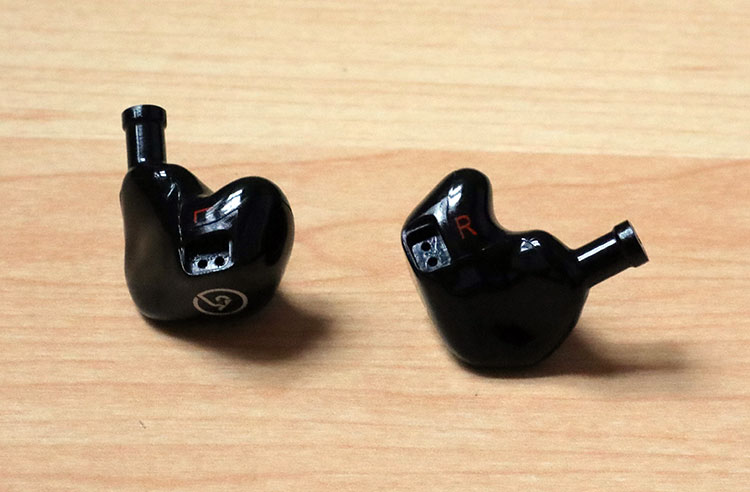
Build
Form Factor
The Mirage and the Aurora share the same form factor. The only difference is the logo on the faceplate with the Aurora having an all-white logo whereas the Mirage put emphasis on the play in the logo’s overall design by adding a red color to it.
Housing the internals of both models are black polycarbonate plastic shells that are very well shaped. However, the shell isn’t fully-molded since there is a seam that runs around the bottom part of the shell going to the base of the nozzle and near the connectors. The gap isn’t too wide though so there shouldn’t be any worry about foreign objects getting into the seam.
At first glance, the shape of the Mirage and the Aurora looks like a teardrop. The nozzles, meanwhile, are very long with a lip to ensure a secure fit for the tips. For my personal liking, I like the design of both IEMs which has that minimalistic feel to it.
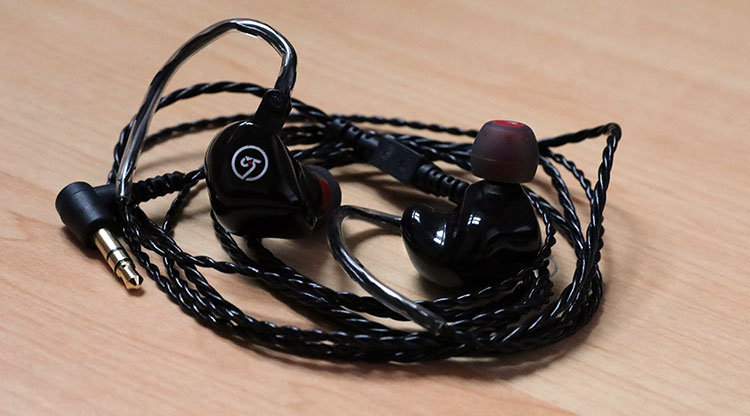
Comfort and Fit
Both IEMs are perhaps one of the most comfortable fits that I have tried in its price range due to its lightweight and well-contoured design. Subjective it may be due to the varying shapes and sizes of ears, I personally like its fit due to the right curves that occupy my pinna and the bulge that sits flush on my concha.
A very minimal issue that I find with its fit is the nozzle which I think is too long. Due to the extended nozzle plus the added diameter of the lip, deep insertion would be quite tricky. However, I managed to find a workaround so that I could go for deeper insertion and the best seal possible.
Medium size tips are the best fit for me when using universal IEMs. But on the Mirage and the Aurora, I used the small size so I could go for deep insertion and better seal. Going for a shallow fit isn’t actually a problem at all since there is still a decent seal. But with a deeper insertion, you’d be able to get more isolation.
Nonetheless, I find the fit comfort and fit of both IEMs excellent as I could use them for hours without hurting my ears.
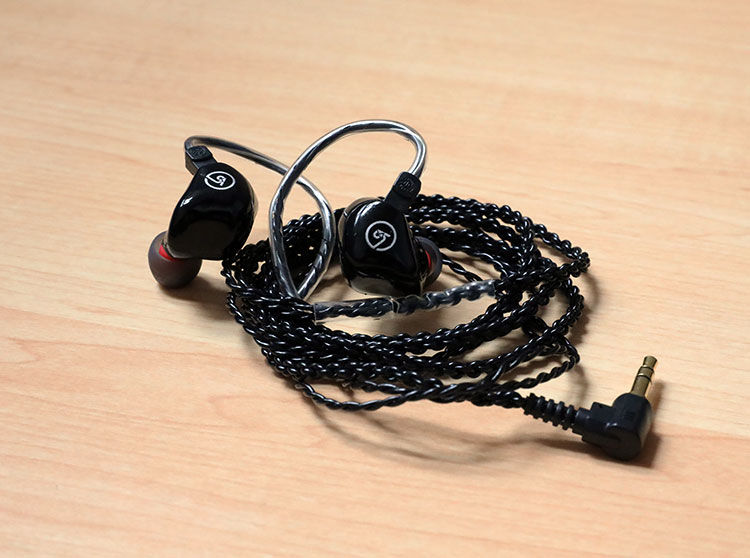
Cables & Connectors
Materials
This would be perhaps one of the unsatisfactory aspects of Mirage as Symphonium opted for a cheap looking braided 4-wire detachable copper cable on 2-pin termination. They went for an L-shaped gold-plated 3.5mm which at least has good strain relief adding some durability to the cable.
What I dislike most about the cable is its splitter which is simply a transparent shrink tube. The guys at Symphonium could have at the very least used a plastic mold that bears their logo to make the cable more presentable.
But the good thing is that they have at least addressed this issue with Aurora’s cable which already has Y-splitter bearing strain reliefs on the main strand as well as the cables for both the left and right channels.
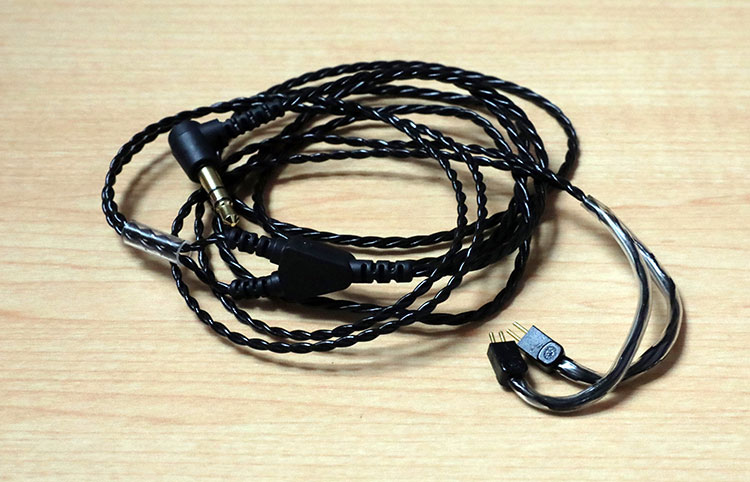
Handling
There’s an acceptable level of microphonics on both cables which audible near the memory wire. One way to decrease this noise is by bending the memory wires in such a way that it sticks on the back of your ears to avoid extra movement and contact that would produce the rustling sound. Another way is tightening the chin slider.
Sockets
As for the socket, both IEMs use the recessed 2-pin socket to ensure a secure fit on the stock cables. While it may be a flush fit on the stock, it wouldn’t be compatible with all aftermarket cables. Those that had any shielding on the pins wouldn’t fit in the socket so cable-rolling fun won’t be maximized.
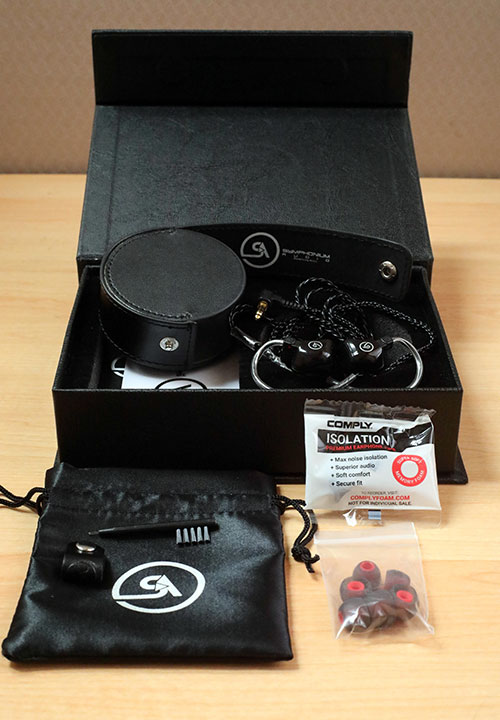
Package & Accessories
Both IEMs virtually have the same packaging and accessories. The only variation is the color accent in cardboard cover as the Aurora has a white accent while the Mirage is adorned with red.
Upon opening the box, you’ll find a rounded faux leather button-up case where the IEMs are stored. You’ll also get a satin pouch containing the silicone tips with various sizes (S, M, L) that are stored inside a plastic bag, two pairs of Comply T500 foam tips (the other pair is pre-installed) as well as a cleaning tool and a cable organizer.
There’s nothing premium about the packaging and accessories as expected from a company that is keeping the cost at the minimum. The inclusion of the Comply tips as well as the leather container, however, is a welcome addition.
Click on Page 2 for Sound Impressions & Comparisons

